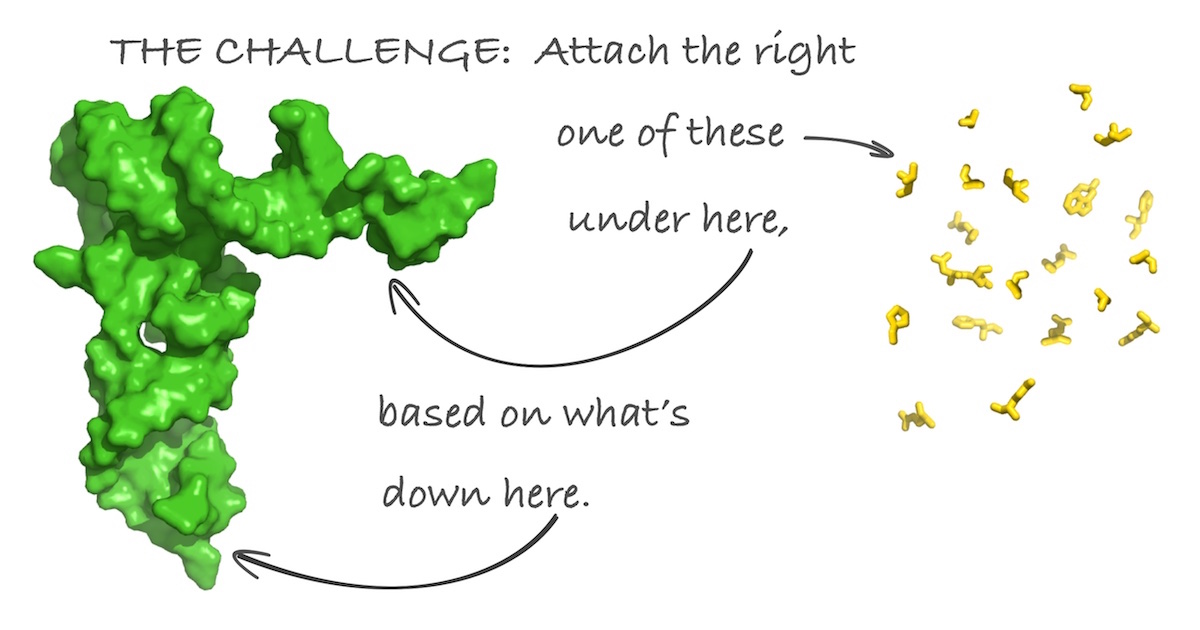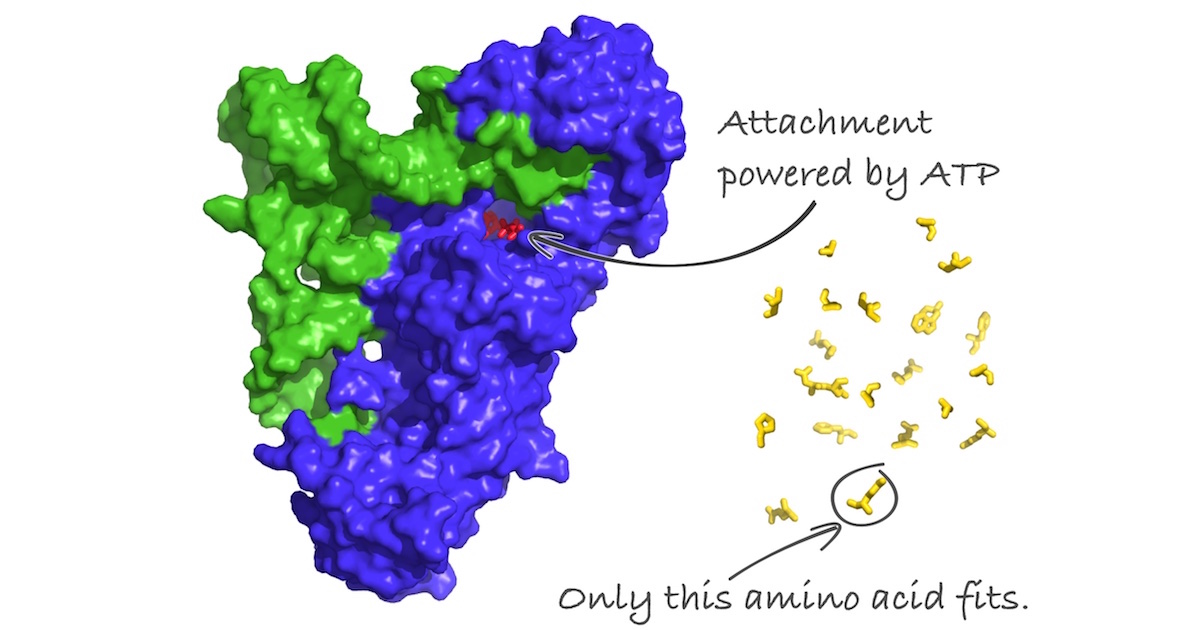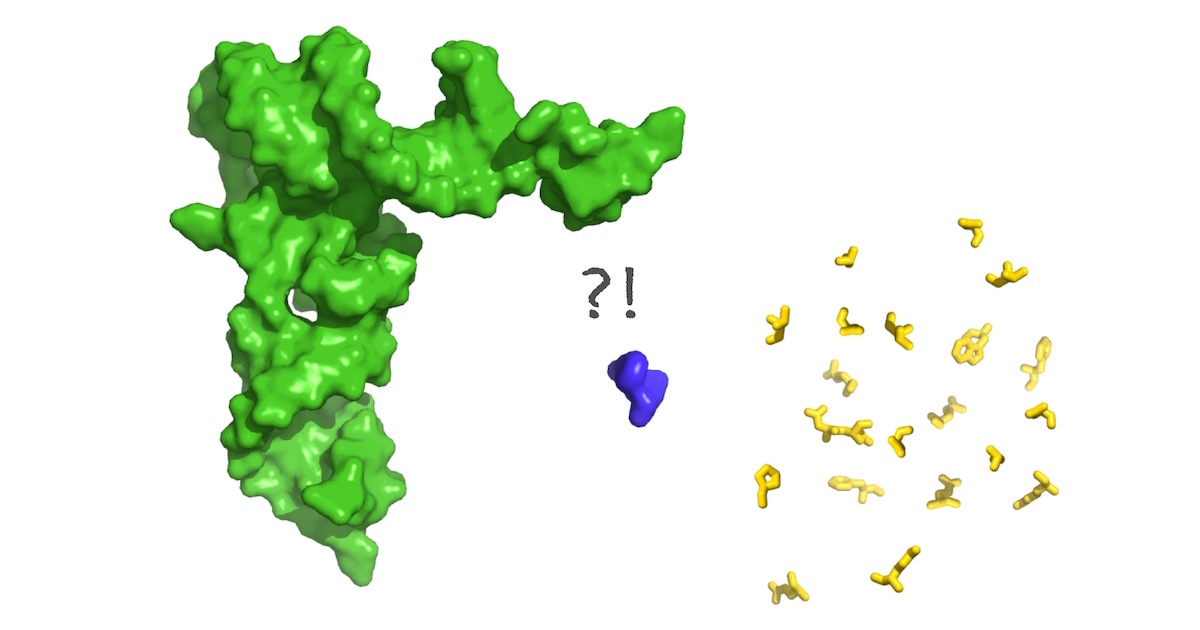Ladybug, Living Origami, Lends a Hand with Umbrella and Other Designs
David Klinghoffer | @d_klinghoffer
Delicate and delightful, ladybug beetles are the insect everyone loves. Having one unexpectedly land on your hand is a reminder of how gentle and beautiful nature can be.
Their ability to alternate nimbly between walking and flying is also a marvel of design. Japanese scientists have been working on clarifying the secret of how they fold and unfold their wings, an effortless gesture of living origami. They published their findings in PNAS.
From USA Today:
Japanese scientists were curious to learn how ladybugs folded their wings inside their shells, so they surgically removed several ladybugs’ outer shells (technically called elytra) and replaced them with glued-on, artificial clear silicone shells to peer at the wings’ underlying folding mechanism.
Why bother with such seemingly frivolous research? It turns out that how the bugs naturally fold their wings can provide design hints for a wide range of practical uses for humans. This includes satellite antennas, microscopic medical instruments, and even everyday items like umbrellas and fans.
“The ladybugs’ technique for achieving complex folding is quite fascinating and novel, particularly for researchers in the fields of robotics, mechanics, aerospace and mechanical engineering,” said lead author Kazuya Saito of the University of Tokyo. [Emphasis added.]
That is astonishingly wide array of “design hints” from the humble bug, which are also called ladybirds. See the design in action:The Telegraph echoes:
Ladybird wings could help change design of umbrellas for first time in 1,000 years
The New York Times:
Ladybugs Pack Wings and Engineering Secrets in Tidy Origami Packages
[…]
To the naked eye, this elegant transformation is a mystery. But scientists in Japan created a window into the process in a study published Monday in Proceedings of the National Academy of Sciences. Just how the ladybug manages to cram these rigid structures into tiny spaces is a valuable lesson for engineers designing deployable structures like umbrellas and satellites.
A ladybug’s hind wings are sturdy enough to keep it in the air for up to two hours and enable it to reach speeds up to 37 miles an hour and altitudes as high as three vertically stacked Empire State Buildings. Yet they fold away with ease. These seemingly contradictory attributes perplexed Kazuya Saito, an aerospace engineer at the University of Tokyo and the lead author of the study.
Working on creating deployable structures like large sails and solar power systems for spacecrafts, he turned to the ladybug for design inspiration.
Notice how, in discussing them, it’s as if we are forced to use the language of design. Regarding ladybugs and their “engineering secrets,” as the NY Times candidly puts it, molecular biologist Douglas Axe tweets:“Like a DeLorean, only cooler!” Here is a DeLorean:In his book Undeniable: How Biology Confirms Our Intuition That Life Is Designed, Dr. Axe uses the illustration of an origami crane. With good reason behind this universal intuition, our minds rebel at the idea that any origami creation could arise through a combination of chance and law, without purpose or design. Yet Darwinian theory demands that we believe a real crane arose that way, or a real ladybug.
David Klinghoffer | @d_klinghoffer
Delicate and delightful, ladybug beetles are the insect everyone loves. Having one unexpectedly land on your hand is a reminder of how gentle and beautiful nature can be.
Their ability to alternate nimbly between walking and flying is also a marvel of design. Japanese scientists have been working on clarifying the secret of how they fold and unfold their wings, an effortless gesture of living origami. They published their findings in PNAS.
From USA Today:
Japanese scientists were curious to learn how ladybugs folded their wings inside their shells, so they surgically removed several ladybugs’ outer shells (technically called elytra) and replaced them with glued-on, artificial clear silicone shells to peer at the wings’ underlying folding mechanism.
Why bother with such seemingly frivolous research? It turns out that how the bugs naturally fold their wings can provide design hints for a wide range of practical uses for humans. This includes satellite antennas, microscopic medical instruments, and even everyday items like umbrellas and fans.
“The ladybugs’ technique for achieving complex folding is quite fascinating and novel, particularly for researchers in the fields of robotics, mechanics, aerospace and mechanical engineering,” said lead author Kazuya Saito of the University of Tokyo. [Emphasis added.]
That is astonishingly wide array of “design hints” from the humble bug, which are also called ladybirds. See the design in action:The Telegraph echoes:
Ladybird wings could help change design of umbrellas for first time in 1,000 years
The New York Times:
Ladybugs Pack Wings and Engineering Secrets in Tidy Origami Packages
[…]
To the naked eye, this elegant transformation is a mystery. But scientists in Japan created a window into the process in a study published Monday in Proceedings of the National Academy of Sciences. Just how the ladybug manages to cram these rigid structures into tiny spaces is a valuable lesson for engineers designing deployable structures like umbrellas and satellites.
A ladybug’s hind wings are sturdy enough to keep it in the air for up to two hours and enable it to reach speeds up to 37 miles an hour and altitudes as high as three vertically stacked Empire State Buildings. Yet they fold away with ease. These seemingly contradictory attributes perplexed Kazuya Saito, an aerospace engineer at the University of Tokyo and the lead author of the study.
Working on creating deployable structures like large sails and solar power systems for spacecrafts, he turned to the ladybug for design inspiration.
Notice how, in discussing them, it’s as if we are forced to use the language of design. Regarding ladybugs and their “engineering secrets,” as the NY Times candidly puts it, molecular biologist Douglas Axe tweets:“Like a DeLorean, only cooler!” Here is a DeLorean:In his book Undeniable: How Biology Confirms Our Intuition That Life Is Designed, Dr. Axe uses the illustration of an origami crane. With good reason behind this universal intuition, our minds rebel at the idea that any origami creation could arise through a combination of chance and law, without purpose or design. Yet Darwinian theory demands that we believe a real crane arose that way, or a real ladybug.


